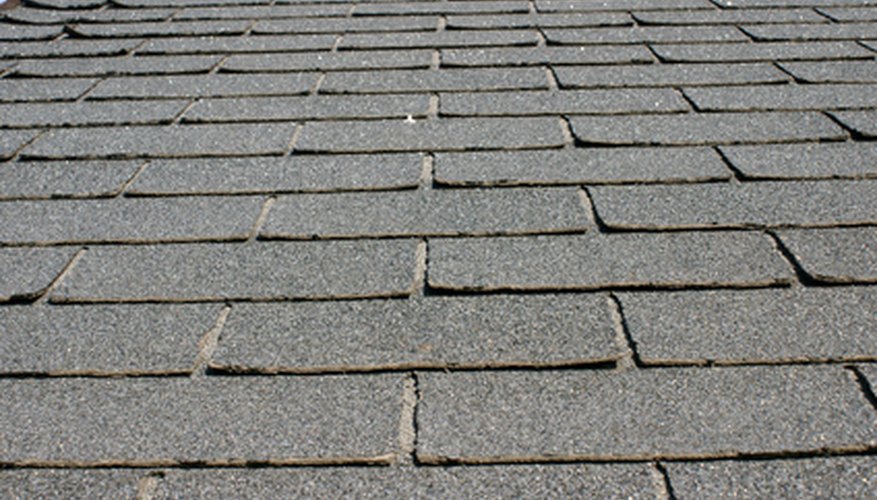Installing rafter vents, also known as vent baffles, in your attic helps ensure the air flows from the soffit vents, the square or rectangular grills under your eaves, through the ridge or gable vents in your attic. This helps to keep your roof in good condition by drying it out and keeping moisture from building up, which can lead to mildew, mould and rot. The project is best conducted with a helper to assist in locating the vents.
Measure the space between the roof rafters in your attic. Typical rafters are spaced 10½, 14½, or 22½ inches apart. Purchase enough baffles of the correct width to install one over every soffit vent.
Use a piece of plywood a little wider than the floor joist spacing in your attic as a seat board to crawl out under the eaves on. The ¾-inch plywood works best to carry the load with danger of breaking.
- Installing rafter vents, also known as vent baffles, in your attic helps ensure the air flows from the soffit vents, the square or rectangular grills under your eaves, through the ridge or gable vents in your attic.
- The ¾-inch plywood works best to carry the load with danger of breaking.
Ask a helper with a small plastic flag or bright coloured scarf on a stiff wire to poke it up through each soffit vent in turn as you watch with a flashlight from the attic. Use a pencil and paper to sketch out the locations; it may help to number them. Continue until all vents are located.
- Ask a helper with a small plastic flag or bright coloured scarf on a stiff wire to poke it up through each soffit vent in turn as you watch with a flashlight from the attic.
Use the plywood as a seat board to crawl out to the ends of the rafters at the first vent location. Clear insulation and other debris from the top of the vent.
Carry a baffle, staple gun and a flashlight with you when crawling out to prevent extra trips. Position the baffle with its air channels against the roof and one end resting against the soffit vent grill. Use the staple gun to drive 1¼ inch staples into the edge of the baffle every 6 to 8 inches along both outside edges.
Staple a small piece of window screen over the top of the baffle in attics with blown-in insulation to prevent debris from drifting down into the baffle, plugging the flow through the vent. Replace any moved insulation against the baffle which will hold it back from the vent grill maintaining proper air flow.
TIP
Wear long trousers, long sleeves, gloves, goggles and a dust mask to avoid irritation from the insulation in the attic. Because of this, the project is best carried out during mild weather.
